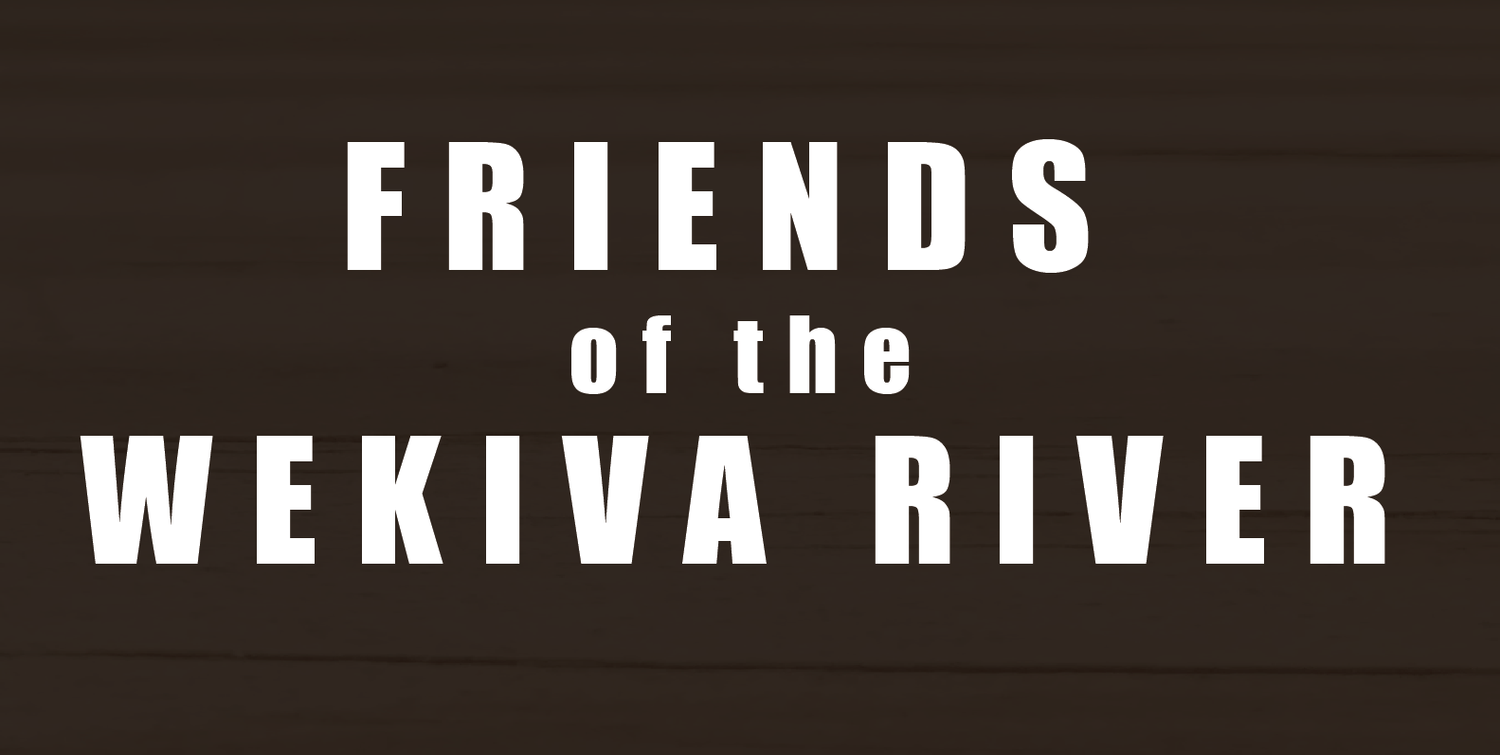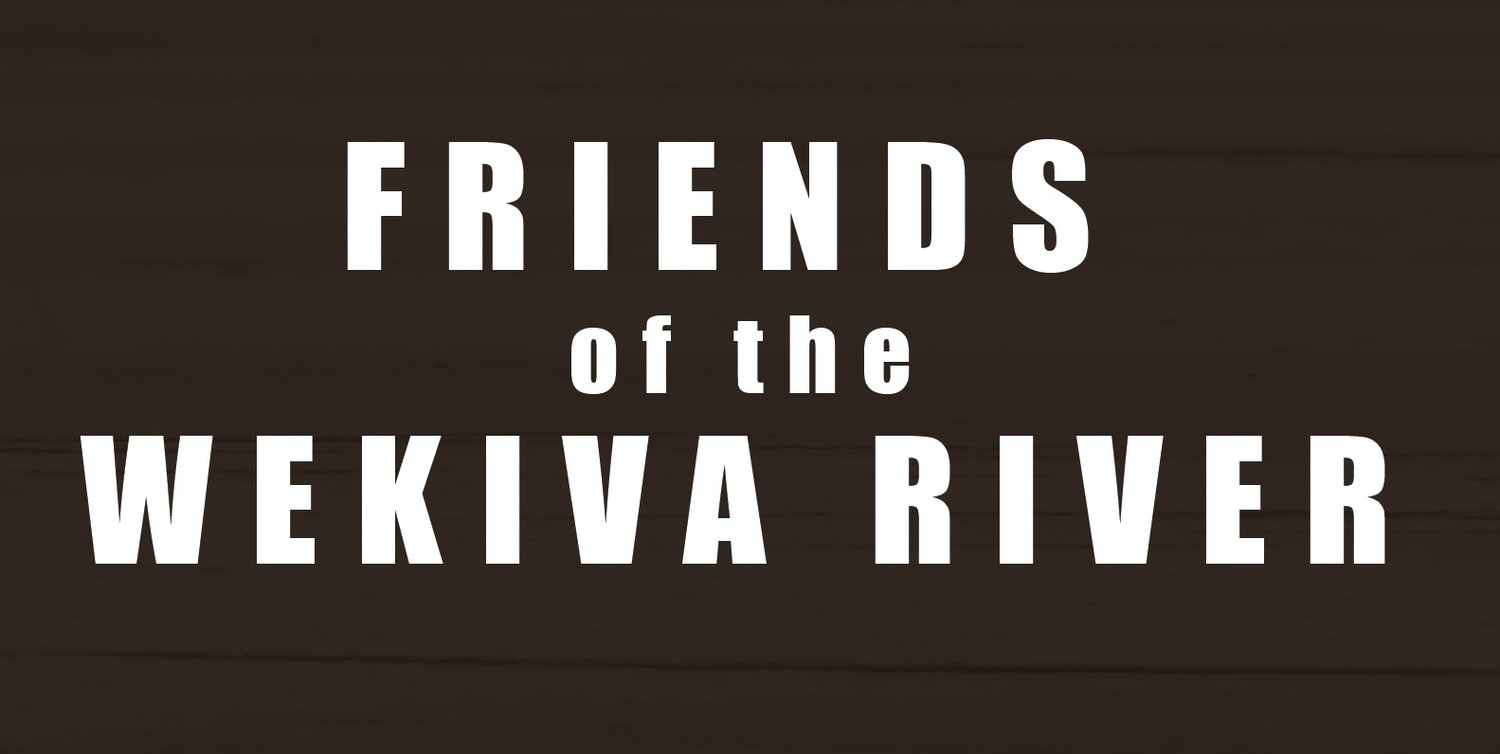What’s Your Water Footprint?
Most of us don’t realize the tremendous amount of water it takes to produce everyday products like a cotton shirt or a candy bar.
BY PATRICIA WILSON
Imagine a single drop of water, trickling through the woods, eventually joining the vast underground aquifer. This tiny journey is part of the water cycle, a delicate balance that we all significantly impact. Most of us have no idea how much water we truly use. An average American consumes a staggering 750,000 gallons annually, nearly double the amount used in the UK, Japan, and Germany.
Supply and demand imbalance leads to water scarcity, affecting 3 billion people globally for at least a month each year, even in developed nations like the United States.
Floods devastate some regions while others face devastating droughts. Water security, ensuring the right amount of water in the right place at the right time, is a growing challenge.
While many are familiar with basic water conservation like fixing leaks and turning off the tap when brushing teeth, there's a bigger picture. Our water footprint encompasses all the water used to produce the things we buy and the food we eat – hidden water costs with environmental and financial implications.
For instance, a simple cup of coffee requires a surprising 35 gallons of water from farm to table. Every sheet of paper we use costs 3 gallons, and a cotton shirt carries a hefty 650-gallon water footprint. Chocolate, a water-intensive crop, takes an amazing 1,500 gallons to produce a mere 3-ounce bar. Even everyday staples like bread, costing 240 gallons per loaf and 1⁄4 pound of beef at 460 gallons have significant footprints. This hidden water use often occurs in other countries where goods are manufactured or food is grown. In many areas, air and water pollution from this production go unchecked, making the impacts truly global.
Holding out for a Hero
So how can we become water heroes? Start by fixing leaks at home. Simple hacks like saving rice water for plants and using rain barrels can make a big difference. Consider replacing thirsty lawns with native, drought-resistant plants. Running washers and dishwashers only when full saves water and money. Learn about fertilizer guidelines that promote responsible use, especially during rainy months, to prevent harmful algae blooms and keep drinking water treatment costs down.
Remember, even if you don't live near water, runoff from your yard eventually reaches waterways, not treatment plants. Advocate for your community to adopt reclaimed water for irrigation and prioritize redevelopment of abandoned, previously developed areas over destroying natural habitats for new construction. This helps preserve aquifer recharge zones and fragile ecosystems.
Finally, be a mindful shopper. Do we really need that much stuff? Every purchase carries a water footprint associated with production and pollution treatment. Consider the old adage "Reduce, Reuse, Recycle" – it applies to water use as well. By consuming less, especially unnecessary items, we free up water for essential needs and life's simple pleasures.
The power to be a water hero lies within each of us. With a few changes in our daily habits and a shift towards mindful consumption, we can all contribute to a more water-secure future.



